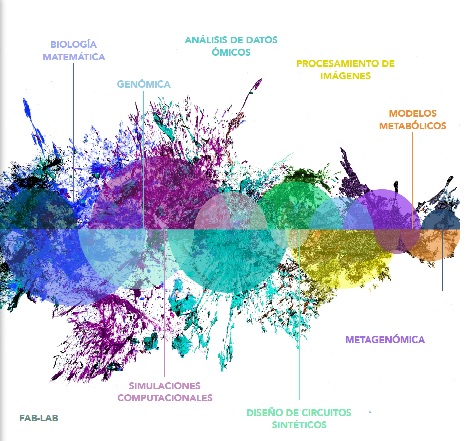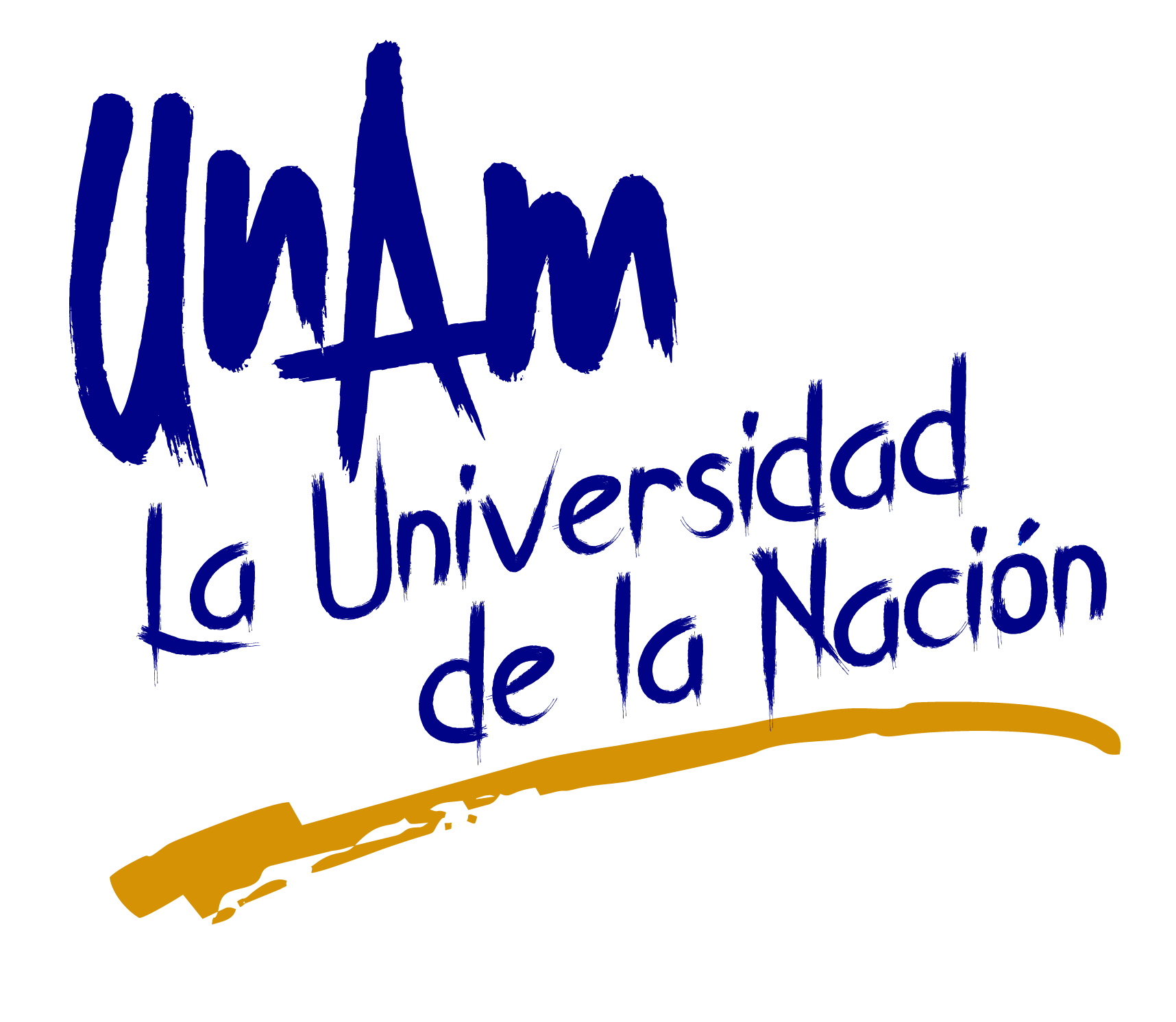Group Responsible: Esperanza Martínez-Romero, Ph.D.
- Rhizobial diversity in Los Tuxtlas FAO-GEF project
Participants: Ernesto Ormeño, Lourdes Lloret, Marco Antonio Rogel, Aline López, Julio Martínez, Pablo Vinuesa, Esperanza Martinez Romero
- Rhizobium etli-maize molecular interactions
Funding: CONACyT project 40997-Q
Participants: Monica Rosenblueth, Martha López Guerrero, Verónica Pérez Escalante, Marco Antonio Rogel, Esperanza Martínez
- Diversity of symbionts of two contrasting Phaseolus vulgaris cultivars
Participants: Aline López, Marco Antonio Rogel, Esperanza Martínez, Roseline Remans.
- Molecular Genetic Analysis of Rhizobium tropici CIAT899 genes involved in symbiosis and environmental adaptation
Participants : Keilor Rojas-Jiménez (former PhD student of Pablo), Christian Sohlenkamp, Otto Geiger, Dietrich Werner, Esperanza Martínez-Romero and Pablo Vinuesa.
- Molecular systematics, microevolution and phylogeography of plant-associated Proteobacteria.
Participants: Claudia Silva, Lourdes Lloret, Ernesto Ormeño, Esperanza Martínez-Romero, Valeria Souza (IE-UNAM), Luis Eguiarte (IE-UNAM) and Pablo Vinuesa
- Diversity, genomic content and function of endosymbiotic enterobacteria of arthropods.
Participants: Esperanza Martínez, Lucía Martínez; Julio Martínez
 Rhizobial diversity in Los Tuxtlas FAO-GEF project Rhizobial diversity in Los Tuxtlas FAO-GEF project
|
| Participants: Ernesto Ormeño, Lourdes Lloret, Marco Antonio Rogel, Aline López, Julio Martínez, Pablo Vinuesa, Esperanza Martinez Romero. |
|
Mexico is among the countries with the highest deforestation rates. Around 65% of forest in Los Tuxtlas , Veracruz , Mexico have been tilled. The rhizobia from Los Tuxtlas soil were obtained from nodules of trap plants, Vigna unguiculata, Macroptilum atropurpureum and Phaseolus vulgaris . From around 250 isolates dnaK or rrs gene sequences were determined. A large diversity was revealed and the effects of deforestation on rhizobial diversity are being assessed. (Fig. 1)
|
|
|
|
Fig. 1. Rhizobial diversity of the rainforest of Los Tuxtlas , Veracruz , Mexico and tilled areas is being studied.
|
|
 Rhizobium etli-maize molecular interactions
Rhizobium etli-maize molecular interactions
Funding: CONACyT project 40997-Q
Participants: Monica Rosenblueth, Martha López Guerrero, Verónica Pérez Escalante, Marco Antonio Rogel, Esperanza Martínez.
Maize and bean have been grown in association for thousands of years in Mesoamerica . This probably stimulated their sharing of symbionts. We found R. etli , which normally forms nodules on bean, as a naturally occurring maize endophyte. Different R. etli strains were observed inside maize and in soil, meaning that selected clones, presumably more adapted for maize colonization, are found as endophytes. A dominant endophytic strain Ch24-10 was found to be highly competitive for maize colonization in spite of being closely related to CFN42, which colonizes maize poorly. Their differences in gene content are being studied as well as gene expression of Ch24-10 in the presence of the plant. (Fig. 2 and 3)
|
|
|
Fig. 2. Maize and bean are intercropped in traditional agriculture, they have R. etli as a common symbiont.
|
|
|
|
|
Fig. 3. Inoculation tests with the plant growth promotor R. etli in maize.
|
|
 Diversity of symbionts of two contrasting Phaseolus vulgaris cultivars
Diversity of symbionts of two contrasting Phaseolus vulgaris cultivars
Participants: Aline López, Marco Antonio Rogel, Esperanza Martínez, Roseline Remans.
VLIR ( Belgium ) supported project. After N, P is the most limiting macronutrient. At CIAT in Colombia a bean variety () BAT477 was identified as being highly efficient for phosphorus utilization, in contrast DOR364 was inefficient. These bean cultivars were crossed and their progeny has been back crossed at CIAT, the resulting progeny (RILS) are available and are being analyzed in an international project. We have analyzed BAT477, DOR364 and some RILs symbiotic bacteria and found that cultivars select different populations. It would be interesting to explore how this characteristic segregates.
 Molecular Genetic Analysis of Rhizobium tropici CIAT899 genes involved in symbiosis and environmental adaptation Molecular Genetic Analysis of Rhizobium tropici CIAT899 genes involved in symbiosis and environmental adaptation
|
| Participants : Keilor Rojas-Jiménez (former PhD student of Pablo), Christian Sohlenkamp, Otto Geiger, Dietrich Werner, Esperanza Martínez-Romero and Pablo Vinuesa. |
|
R. tropici CIAT899 is a N 2 -fixing microsymbiont of Phaseolus vulgaris and other legumes that was originally isolated from common bean growing in tropical acid soils of Colombia . This strain is highly tolerant to acidity and other environmental stress factors such as high temperature or elevated concentrations of aluminum and other metals.We have used Tn 5 insertion mutagenesis to identify genetic loci involved in acid tolerance by selecting mutants unable to grow on acidified media. Interestingly, the genetic analysis of three of these loci resulted in the discovery of genes not previously known to be involved in symbiosis or stress tolerance Some of them are involved in the modification of membrane lipids (i.e. lpiA, olcC ), others control the flux of ions through it ( sycA ) while others (i.e. atvA ) are orthologs of virulence genes with unknown biochemical function. As a matter of fact, s everal of these loci are orthologs of virulence genes, highlighting common underlying mechanisms in symbiosis and pathogenesis. (Fig. 4)
|
|
|
|
Fig. 4. Phaseolus vulgaris plant nodulated by Rhizobium tropici CIAT899 21 dpi (A). Macroscopic view of the nodules (B) and CLSM of a hand-cut nodule section showing the infection of the central tissue by CIAT899 expressing a constitutive gfp fusion.
|
|
 Molecular systematics, microevolution and phylogeography of plant-associated Proteobacteria. Molecular systematics, microevolution and phylogeography of plant-associated Proteobacteria.
|
| Participants: Claudia Silva, Lourdes Lloret, Ernesto Ormeño, Esperanza Martínez-Romero, Valeria Souza(IE-UNAM), Luis Eguiarte (IE-UNAM) and Pablo Vinuesa. |
|
We are studying diverse aspects of the molecular systematics, evolutionary biology and biogeography of plant-associated bacteria, using state of the art phylogenetic inference methods combined with population genetic approaches. The inferences are based on multilocus sequence analyses from large collections of isolates obtained from different hosts and geographic origins.
Our recent works on these issues using rhizobia associated with different legume tribes have shown that taking this evolutionary approach is not only suitable, but very effective to delineate bacterial species. We are implementing such methods in molecular systematic and taxonomic studies of different groups of rhizobia. These approaches have also shown that all the species that we have studied so far have a very broad geographic distribution, often displaying different symbiotic ecotypes or biovarieties in different ecosystems. Recombination and migration apparently have a very strong impact on shaping the population genetic structure of diverse rhizobial species. (Fig.5 and 6) |
|
|
|
Fig. 5. Native acacias from Morelos bear newly described nodule bacteria.
|
|
|
|
|
Fig. 6. Effects of Rhizobium on Leucaena plants. Plants without bacteria in the middle
|
|
 Diversity, genomic content and function of endosymbiotic enterobacteria of arthropods. Diversity, genomic content and function of endosymbiotic enterobacteria of arthropods.
|
| Participants: Esperanza Martínez, Lucía Martínez; Julio Martínez |
| Bacteria in many arthropods are required for insect development and nutrition. Primary endosymbionts are non culturable and have reduced genomes that reflect their functionality. We have found in triatomas (bugs, Fig. 8) that transmit Chagas disease, non culturable bacteria belonging to g -Proteobacteria closely related to E. coli, most of them belonging to Arsenophonus . E. coli genomic microarrays allowed us to determine that Arsenophonus have a reduced genome. We are interested in exploring endosymbiotic bacteria from other arthropods |
|
|
|
Fig. 8. Triatoma, Chagas disease's vector harbors endosymbiotic bacteria.
|
|
 Rhizobium etli-maize molecular interactions
Rhizobium etli-maize molecular interactions Diversity of symbionts of two contrasting Phaseolus vulgaris cultivars
Diversity of symbionts of two contrasting Phaseolus vulgaris cultivars















